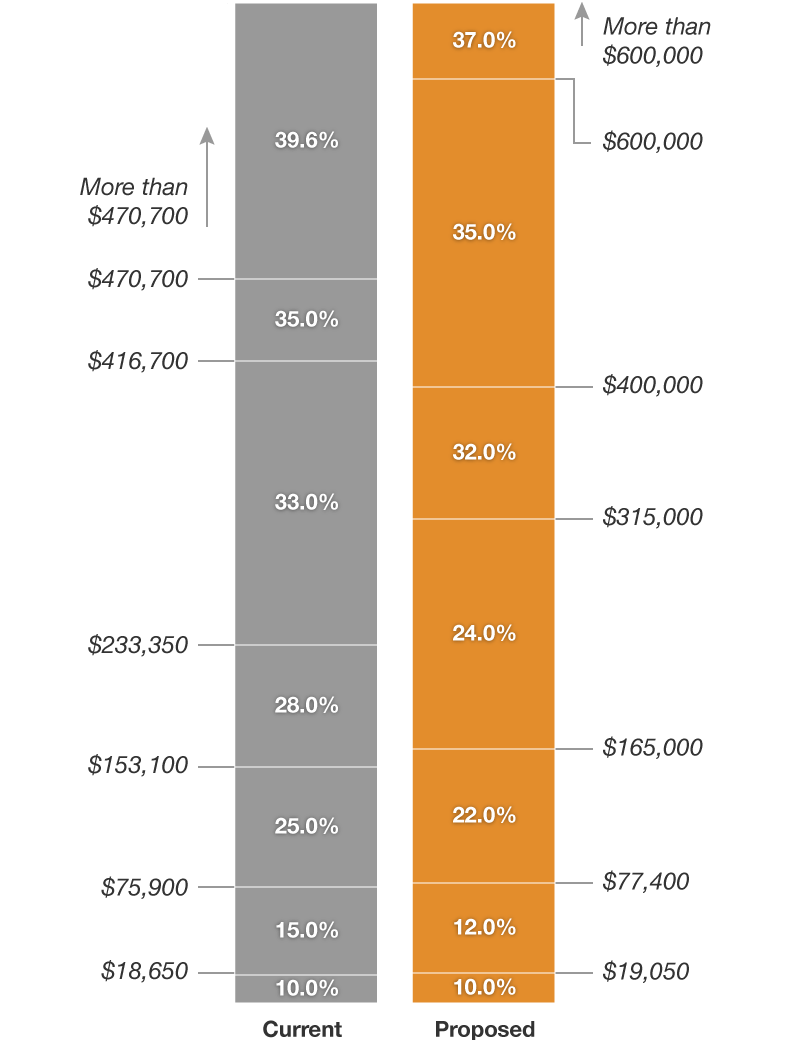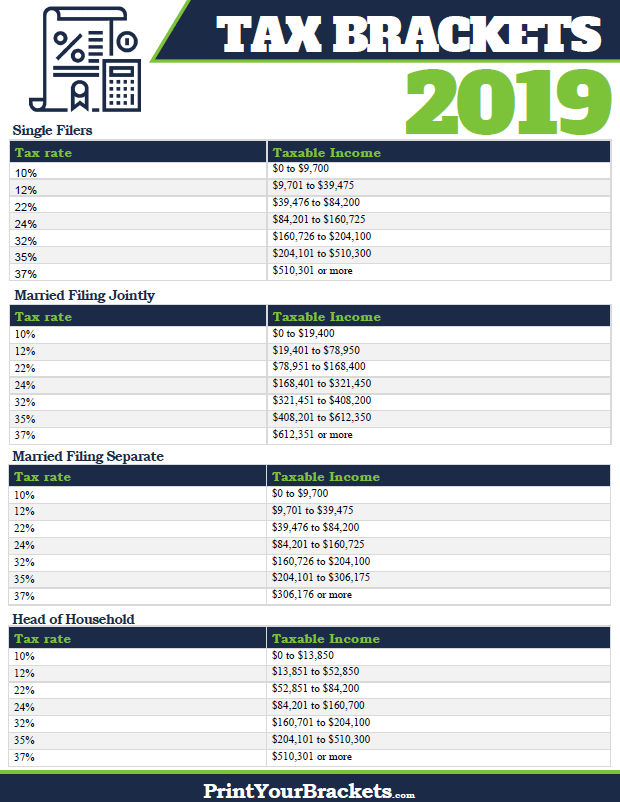

The new tax law also retains the 3.8% NIIT. Here are the 2018 brackets for long-term capital gains and qualified dividends:Īfter 2018, these brackets will be indexed for inflation. However, for 2018 through 2025, these rates have their own brackets that are not tied to the ordinary-income brackets. The TCJA retains the 0%, 15% and 20% rates on long-term capital gains and qualified dividends for individual taxpayers. So, many people actually paid 18.8% (15% + 3.8% for the NIIT) or 23.8% (20% + 3.8% for the NIIT) on their long-term capital gains and dividends.

In addition, higher-income individuals with long-term capital gains and dividends were also hit with the 3.8% net investment income tax (NIIT). And, if they fell within the maximum 39.6% ordinary-income bracket, they were taxed at the maximum 20% rate. If they fell within the 25%, 28%, 33% or 35% ordinary-income brackets, they were taxed at 15%. Specifically, if the long-term capital gains and/or dividends fell within the 10% or 15% ordinary-income brackets, no federal income tax was owed. The rate brackets were tied to the ordinary-income rate brackets. Prior to the TCJA, individual taxpayers faced three federal income tax rates on long-term capital gains and qualified dividends: 0%, 15% and 20%. Here’s what you should know if you plan to sell long-term investments or expect to receive dividend payments from your investments. Are you confused about the federal income tax rates on capital gains and dividends under the Tax Cuts and Jobs Act (TCJA)? If so, you’re not alone.


 0 kommentar(er)
0 kommentar(er)
